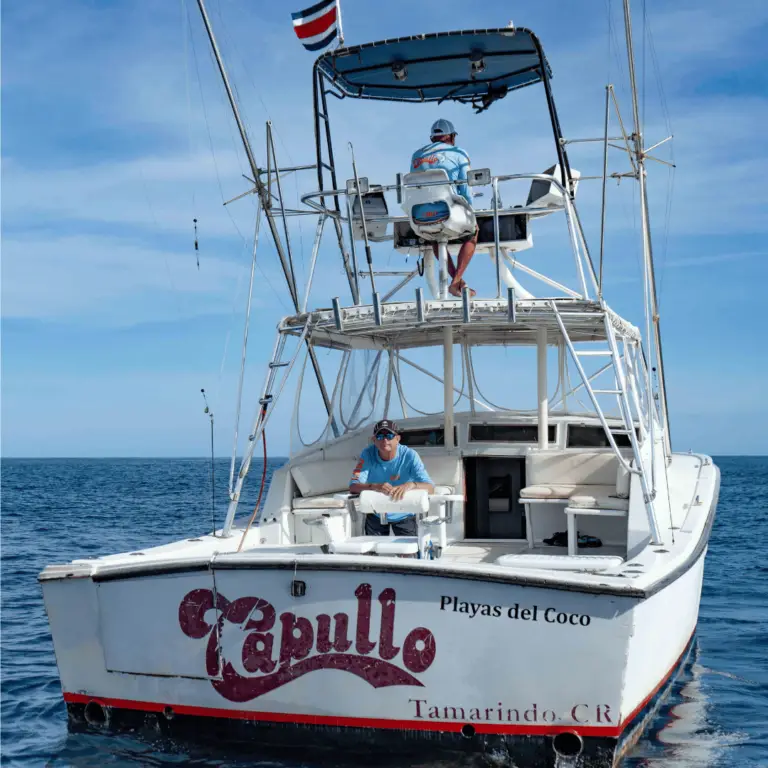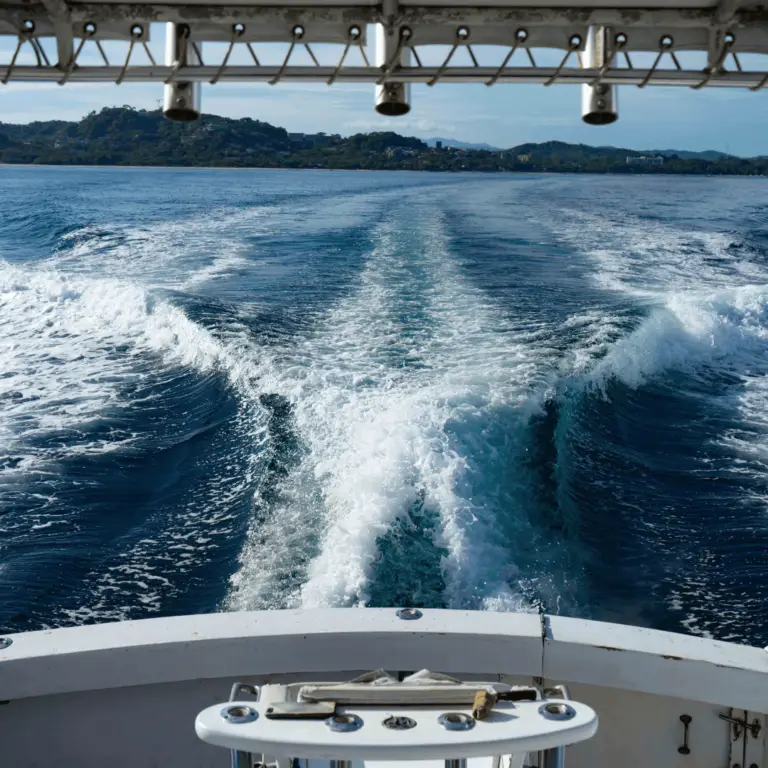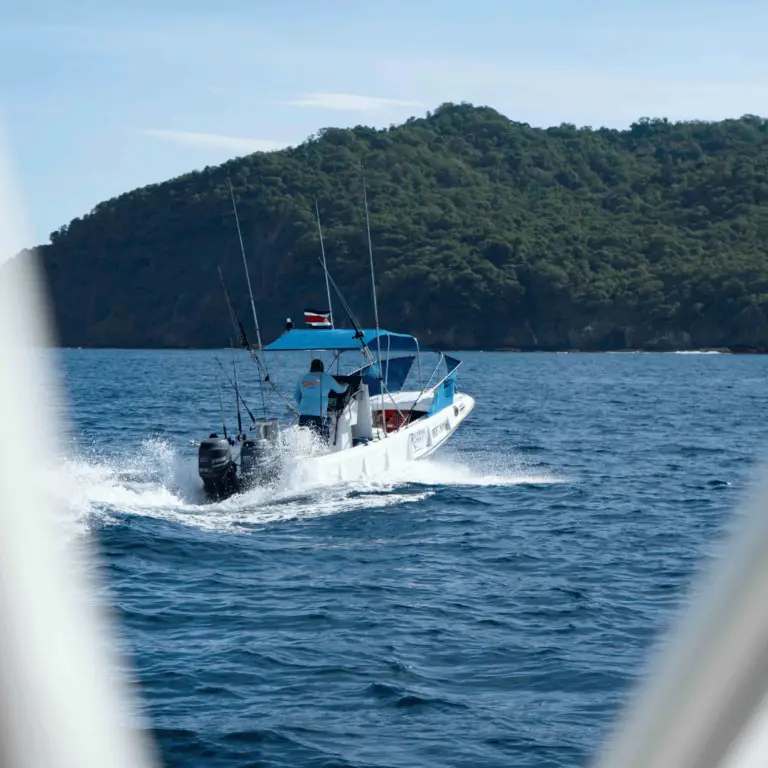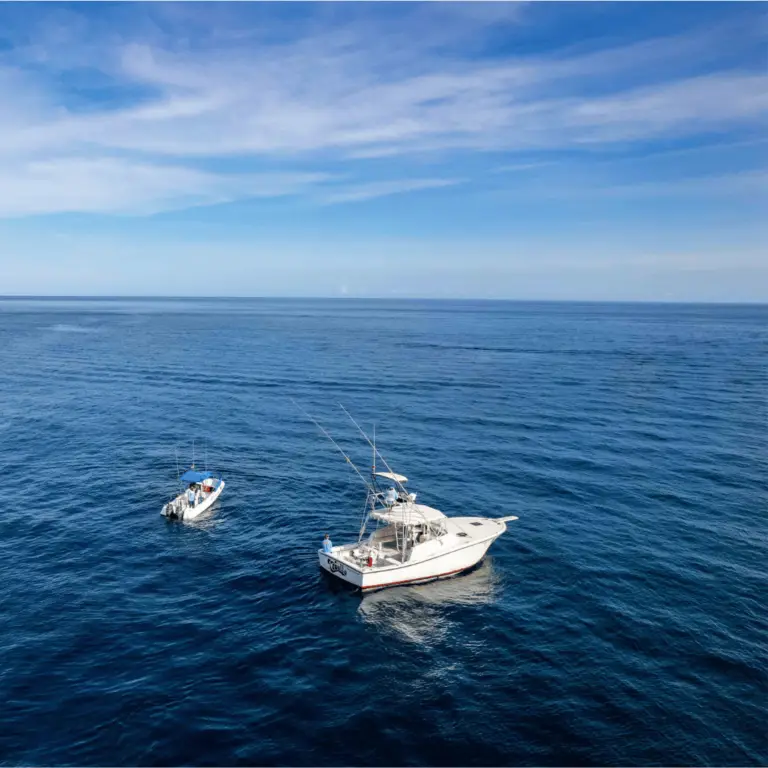Tamarindo, with its azure waters and golden sands, has always been synonymous with the bounty of the sea. Long before it became a haven for tourists and sportfishing enthusiasts, the indigenous populations relied on these waters for sustenance, crafting a deep-seated fishing culture that has evolved over the centuries.
Indigenous Beginnings
Long before modern lines and lures graced the waters of Tamarindo, the indigenous populations developed a profound and sustainable relationship with the sea.
Deep Connection with Nature: The earliest inhabitants, notably the Chorotega and the Borucas tribes, believed in the spiritual significance of all natural elements. To them, the sea was a living entity, a provider that demanded respect. Rituals and ceremonies often accompanied fishing expeditions, invoking blessings for a bountiful catch.
Innovative Techniques: These tribes were not just fishermen; they were innovators. They understood the patterns of the sea and the behavior of fish. While their tools might seem basic by today’s standards, they were incredibly effective. For instance, they would use plant toxins to stun fish in freshwater, making them easier to catch.
Holistic Approach to Fishing: The concept of wastefulness was foreign to the indigenous people. They utilized every part of the fish they caught. Bones would become tools or ornaments, skins were used in various crafts, and, of course, the meat provided sustenance.
Cultural Significance of Fish: Fish and marine life had cultural and even mythological significance. Indigenous art and pottery often featured designs inspired by marine life. Stories passed down through generations spoke of the sea’s might, its mysteries, and the creatures that inhabited its depths.
Trade and Exchange: Fishing wasn’t just about sustenance; it played a pivotal role in the indigenous economy. Fish and other marine resources often became commodities for trade. The Chorotega, being part of the Mesoamerican cultural region, engaged in trade networks that stretched into present-day Mexico. Fish and shells from Tamarindo could be exchanged for goods from inland regions, demonstrating the early economic importance of fishing.
The Spanish Influence
With the arrival of the Spanish in the 16th century, Tamarindo’s coastal region underwent transformative changes, many of which had lasting implications on its fishing practices and marine ecosystem.
Introduction of New Techniques: The Spanish brought with them fishing technologies and techniques from Europe. They introduced larger fishing nets, hook-and-line fishing, and other devices that increased the catch efficiency. While these techniques improved yields, they also raised concerns about overfishing.
Shift in Trade Dynamics: The Spanish colonization expanded Tamarindo’s trade routes even further. The European market had a high demand for exotic fish and other marine products, prompting an increase in fishing activities. While this meant more prosperity, it also strained the once-balanced relationship the locals had with their marine ecosystem.
Cultural Confluence: As the indigenous population mingled with the Spanish, a fusion of fishing traditions occurred. New cuisines emerged, blending indigenous preparation methods with European flavors. Fish, once revered primarily for sustenance and spiritual significance, also became a symbol of cultural exchange.
Land Ownership and Control: One of the stark changes the Spanish colonization brought was the concept of land ownership. The coastal regions, once freely accessed by indigenous tribes, became more regulated. This change impacted fishing practices, with certain areas becoming exclusive, and others subjected to community fishing.
Missionary Impact: Alongside colonizers, Spanish missionaries played a role in reshaping the cultural landscape of Tamarindo. They introduced Christianity, which brought about changes in the spiritual practices related to fishing. Some indigenous rituals faded, while others adapted, merging with Christian practices.
Environmental Consequences: The Spanish, in their quest for gold and other resources, also influenced land-based activities that affected the marine environment indirectly. Deforestation for shipbuilding and agriculture led to increased soil erosion. Rivers carried this silt to the sea, affecting coral reefs and spawning grounds essential for fish.
While the Spanish influence enriched Tamarindo’s fishing culture by introducing new techniques and expanding trade, it also came with challenges. The period marked a blend of old and new, a confluence of traditions, and the beginning of larger-scale human impact on the marine ecosystem.
Transition to Commercial Fishing
As Tamarindo began to establish itself as a town in the 20th century, fishing transitioned from being primarily for sustenance to a more commercial endeavor. Boats became larger, and the range of fishing expanded, with fishermen venturing further into the deep sea. This period also saw the rise of fish markets, where freshly caught fish were sold, fostering a sense of community and shared traditions.
Emergence of Sportfishing
In the latter part of the 20th century, Tamarindo started gaining recognition as a sportfishing destination. Anglers from around the world flocked to these shores, lured by tales of massive marlins, sailfish, and dorados. Local fishermen, with their vast knowledge of the waters, became sought-after guides, blending traditional techniques with modern equipment. This period also marked the beginning of fishing tournaments, further cementing Tamarindo’s reputation on the global sportfishing map.
Preservation and Sustainability
The increasing popularity of Tamarindo as a fishing destination brought along challenges, especially concerning overfishing and marine conservation. Recognizing the need to preserve their marine heritage, the local communities, along with the government, began implementing regulations and promoting sustainable fishing practices. Catch and release became more than just a method—it became a philosophy, ensuring that the marine wonders of Tamarindo could be enjoyed by future generations.
Conclusion
Tamarindo’s fishing history is a tapestry woven with threads of tradition, adaptation, and innovation. From the ancient tribes who revered the sea to modern sportfishing charters like Capullo that offer immersive experiences, the fishing legacy of Tamarindo continues to thrive. As we look to the future, it’s essential to remember and respect this rich past, ensuring that the harmony between man and sea endures for centuries to come.






